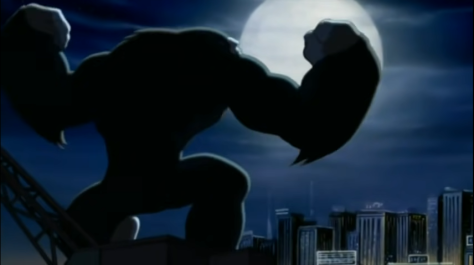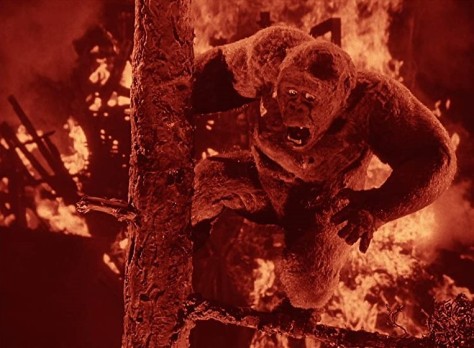
In another time, on another website, I wrote parallel analyses of a Godzilla cartoon and a King Kong cartoon, two series with no real relationship to each other that nonetheless called for comparison due to the title monsters’ interlocking history. Decades later, television was briefly rocked by the arrival of another Godzilla cartoon and another King Kong cartoon (and not the other other King Kong cartoon that I already wrote about), but this time their proximity was far closer and their parallel existence seemed far more intentional. Wikipedia and the fan sites that steal from Wikipedia claim that Kong: The Animated Series, a product of the Bohbot/BKN cartoon factory alongside French animation studios Ellipsanime and M6, was created to “rival” the FOX-airing Godzilla: The Series, starting its two-season, forty-episode run just as the other series was ending, airing briefly on FOX and in syndication from 2000 to 2001. As one would expect from anything said about a piece of pop culture ephemera on the Internet, there is no source for that claim, and most of the surviving press releases and industry pieces from the time I browsed made no mention of Godzilla—but I can at least understand where the assumption came from. In the year 2000, with nothing going on in the series movie-wise, what other reason would someone have to make a King Kong cartoon but to pit it against the ape’s scaly counterpart?
Of course, the caveat there is that, despite all appearances, Kong: The Animated Series is probably not an official King Kong cartoon (I also think it stole its logo from the movie Congo, which definitely won’t be featured on this site soon very soon.) Rather than a revival, even if an odd one, this is actually a clever theft that likely fooled every child in its audience with its quasi-authenticity. But, as it turns out, that is only one of the many strange things I discovered by digging up this copyright-eliding incarnation of the world’s premier giant primate.






